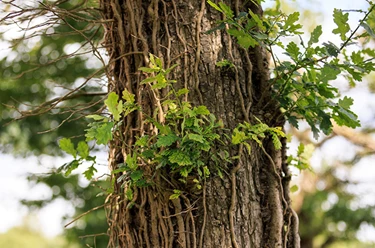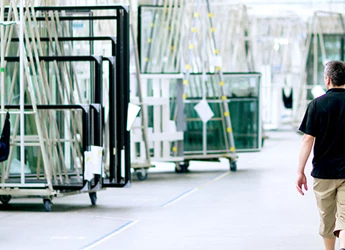
When manufacturing our windows and doors we use precision cutting technology to minimise waste as much as possible, and residual wood and sawdust are collected for recycling or used to heat our factories.
![]()
Our windows have an expected lifespan of minimum 40 years if maintained properly.
This helps to reduce the turnover of building materials and therefore reduces the carbon footprint.





